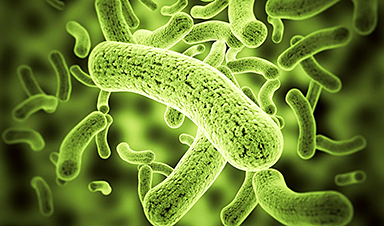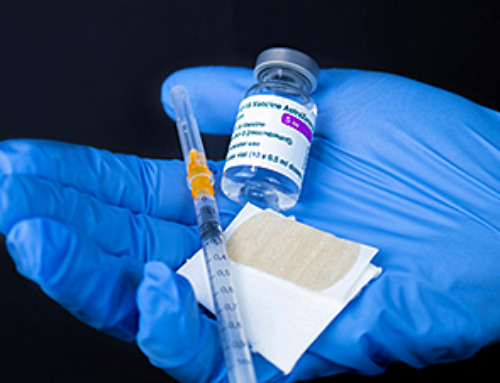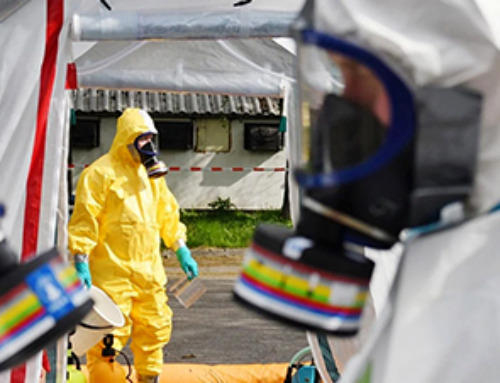The novel strains of cyanobacteria exhibit a fast and efficient "biosorption" of rare earth elements, making recycling possible.
Rare earth elements (REEs) are a set of 17 metallic elements that possess similar chemical properties. They earned their name due to their scarce occurrence in the Earth's crust, typically present in concentrations ranging from 0.5 to 67 parts per million. These elements play a crucial role in modern technology, including products such as LEDs, smartphones, electric motors, wind turbines, hard drives, cameras, magnets, and energy-efficient light bulbs. As a result, the demand for REEs has seen a steady rise over the past few decades and is projected to continue increasing through 2030.
Due to their scarcity and high demand, REEs can be quite costly. For instance, a kilogram of neodymium oxide currently has a price of around €200 (~$214), while terbium oxide is even more expensive at approximately €3,800 (~$4,073) for the same amount. Currently, China holds a dominant position in the mining of REEs, with near-monopolistic control over the industry. However, a recent discovery of promising new REE deposits, estimated at over one million metric tons, was made in Kiruna, Sweden and made headlines in January 2023.
Circular economy
The advantages of moving from a wasteful 'linear' economy to a 'circular' economy, where all resources are recycled and reused, are obvious. So could we recycle REEs more efficiently, too?
"Here we optimized the conditions of REE uptake by the cyanobacterial biomass, and characterized the most important chemical mechanisms for binding them. These cyanobacteria could be used in future eco-friendly processes for simultaneous REE recovery and treatment of industrial wastewater," said Dr. Thomas Brück, a professor at the Technical University of Munich and the study's last author.
Highly specialist strains of cyanobacteria
Biosorption is a metabolically passive process for the fast, reversible binding of ions from aqueous solutions to biomass. Brück and colleagues measured the potential for biosorption of the REEs lanthanum, cerium, neodymium, and terbium by 12 strains of cyanobacteria in laboratory culture. Most of these strains had never been assessed for their biotechnological potential before. They were sampled from highly specialized habitats such as arid soils in Namibian deserts, the surface of lichens around the world, natron lakes in Chad, crevices in rocks in South Africa, or polluted brooks in Switzerland.
The authors found that an uncharacterized new species of Nostoc had the highest capacity for biosorption of ions of these four REEs from aqueous solutions, with efficiencies between 84.2 and 91.5 mg per g biomass, while Scytonema hyalinum had the lowest efficiency at 15.5 to 21.2 mg per g. Also efficient were Synechococcus elongates, Desmonostoc muscorum, Calothrix brevissima, and an uncharacterized new species of Komarekiella. Biosorption was found to depend strongly on acidity: it was highest at a pH of between five and six, and decreased steadily in more acid solutions. The process was most efficient when there was no 'competition' for the biosorption surface on the cyanobacteria biomass from positive ions of other, non-REE metals such as zinc, lead, nickel, or aluminum.
The authors used a technique called infrared spectroscopy to determine which functional chemical groups in the biomass were mostly responsible for the biosorption of REEs.
"We found that biomass derived from cyanobacteria has excellent adsorption characteristics due to their high concentration of negatively charged sugar moieties, which carry carbonyl and carboxyl groups. These negatively charged components attract positively charged metal ions such as REEs, and support their attachment to the biomass," said first author Michael Paper, a scientist at the Technical University of Munich.
Fast and efficient, with great potential for future applications
The authors conclude that biosorption of REEs by cyanobacteria is possible even at low concentrations of the metals. The process is also fast: for example, most cerium in solution was biosorbed within five minutes of starting the reaction.
"The cyanobacteria described here can adsorb amounts of REEs corresponding to up to 10% of their dry matter. Biosorption thus presents an economically and ecologically optimized process for the circular recovery and reuse of rare earth metals from diluted industrial wastewater from the mining, electronic, and chemical-catalyst-producing sectors," said Brück.
"This system is expected to become economically feasible in the near future, as the demand and market prices for REEs are likely to rise significantly in the coming years," he predicted.
News
Does being infected or vaccinated first influence COVID-19 immunity?
A new study analyzing the immune response to COVID-19 in a Catalan cohort of health workers sheds light on an important question: does it matter whether a person was first infected or first vaccinated? [...]
We May Never Know if AI Is Conscious, Says Cambridge Philosopher
As claims about conscious AI grow louder, a Cambridge philosopher argues that we lack the evidence to know whether machines can truly be conscious, let alone morally significant. A philosopher at the University of [...]
AI Helped Scientists Stop a Virus With One Tiny Change
Using AI, researchers identified one tiny molecular interaction that viruses need to infect cells. Disrupting it stopped the virus before infection could begin. Washington State University scientists have uncovered a method to interfere with a key [...]
Deadly Hospital Fungus May Finally Have a Weakness
A deadly, drug-resistant hospital fungus may finally have a weakness—and scientists think they’ve found it. Researchers have identified a genetic process that could open the door to new treatments for a dangerous fungal infection [...]
Fever-Proof Bird Flu Variant Could Fuel the Next Pandemic
Bird flu viruses present a significant risk to humans because they can continue replicating at temperatures higher than a typical fever. Fever is one of the body’s main tools for slowing or stopping viral [...]
What could the future of nanoscience look like?
Society has a lot to thank for nanoscience. From improved health monitoring to reducing the size of electronics, scientists’ ability to delve deeper and better understand chemistry at the nanoscale has opened up numerous [...]
Scientists Melt Cancer’s Hidden “Power Hubs” and Stop Tumor Growth
Researchers discovered that in a rare kidney cancer, RNA builds droplet-like hubs that act as growth control centers inside tumor cells. By engineering a molecular switch to dissolve these hubs, they were able to halt cancer [...]
Platelet-inspired nanoparticles could improve treatment of inflammatory diseases
Scientists have developed platelet-inspired nanoparticles that deliver anti-inflammatory drugs directly to brain-computer interface implants, doubling their effectiveness. Scientists have found a way to improve the performance of brain-computer interface (BCI) electrodes by delivering anti-inflammatory drugs directly [...]
After 150 years, a new chapter in cancer therapy is finally beginning
For decades, researchers have been looking for ways to destroy cancer cells in a targeted manner without further weakening the body. But for many patients whose immune system is severely impaired by chemotherapy or radiation, [...]
Older chemical libraries show promise for fighting resistant strains of COVID-19 virus
SARS‑CoV‑2, the virus that causes COVID-19, continues to mutate, with some newer strains becoming less responsive to current antiviral treatments like Paxlovid. Now, University of California San Diego scientists and an international team of [...]
Lower doses of immunotherapy for skin cancer give better results, study suggests
According to a new study, lower doses of approved immunotherapy for malignant melanoma can give better results against tumors, while reducing side effects. This is reported by researchers at Karolinska Institutet in the Journal of the National [...]
Researchers highlight five pathways through which microplastics can harm the brain
Microplastics could be fueling neurodegenerative diseases like Alzheimer's and Parkinson's, with a new study highlighting five ways microplastics can trigger inflammation and damage in the brain. More than 57 million people live with dementia, [...]
Tiny Metal Nanodots Obliterate Cancer Cells While Largely Sparing Healthy Tissue
Scientists have developed tiny metal-oxide particles that push cancer cells past their stress limits while sparing healthy tissue. An international team led by RMIT University has developed tiny particles called nanodots, crafted from a metallic compound, [...]
Gold Nanoclusters Could Supercharge Quantum Computers
Researchers found that gold “super atoms” can behave like the atoms in top-tier quantum systems—only far easier to scale. These tiny clusters can be customized at the molecular level, offering a powerful, tunable foundation [...]
A single shot of HPV vaccine may be enough to fight cervical cancer, study finds
WASHINGTON -- A single HPV vaccination appears just as effective as two doses at preventing the viral infection that causes cervical cancer, researchers reported Wednesday. HPV, or human papillomavirus, is very common and spread [...]
New technique overcomes technological barrier in 3D brain imaging
Scientists at the Swiss Light Source SLS have succeeded in mapping a piece of brain tissue in 3D at unprecedented resolution using X-rays, non-destructively. The breakthrough overcomes a long-standing technological barrier that had limited [...]





















